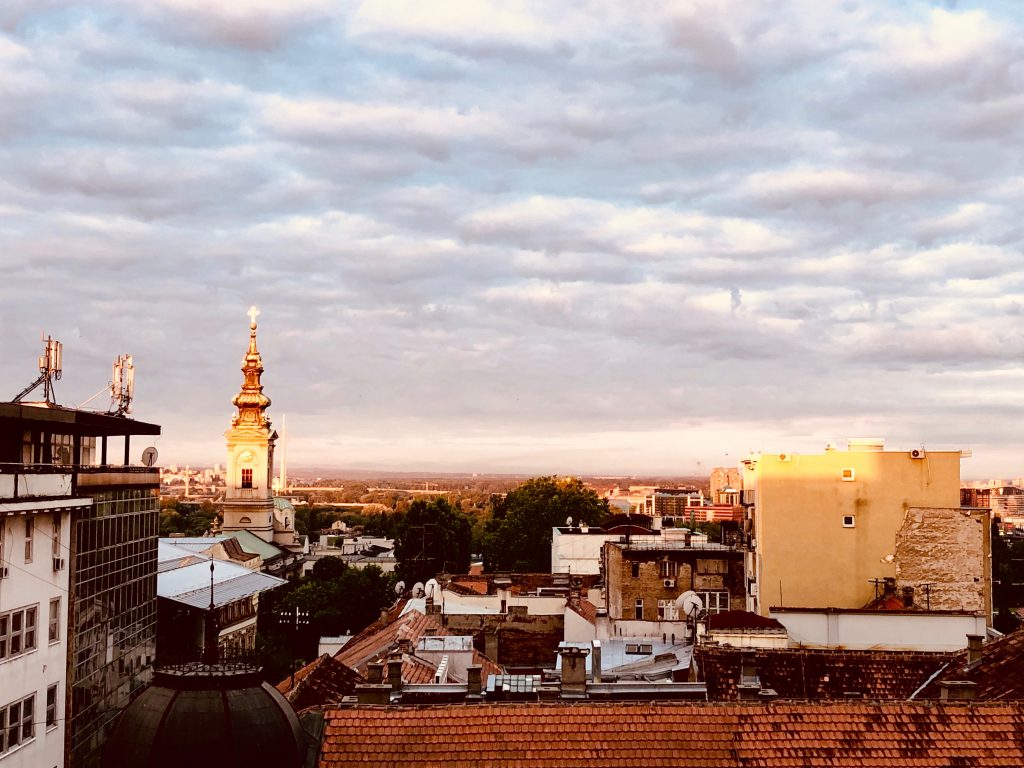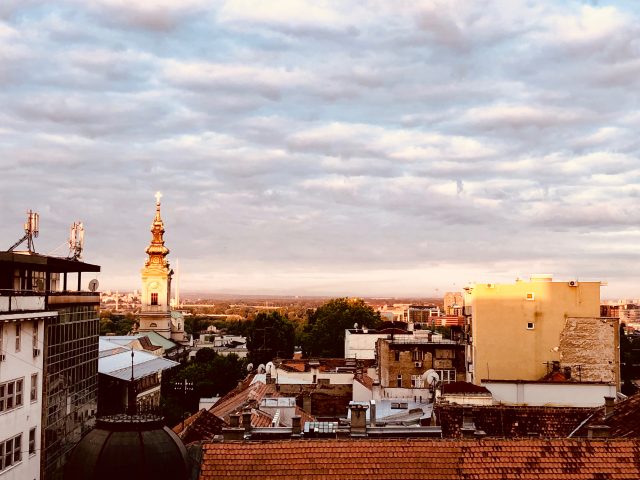Unfortunately, right upon finishing up a summer program in Berlin, it is still not yet time for me to visit my research site. (But it will happen very soon!) I should first clarify what I plan to do at the sites in order to make sense of what I have been preparing and see if I have developed useful strategies for the on-site research.
In less than two weeks, I will be traveling to three major cities in northwestern China to visit the main mosques in the cities. I will be mainly observing and experiencing how these religious sites are used daily by local people and tourists. I believe this is a meaningful investigation because the usage of the religious space can demonstrate a lot about how the religion in popularly practiced, the relationship (how connected and/or divided) between the religious community and non-religious community. To practice and to develop a more realistic strategy, for the past month, I have visited many churches in Leipzig, Dresden, Prague, Belgrade, and Riga (which, not by accident, all, like the cities I will be visiting, have a communist past; what such political history means for the religious scenes, however, is an extremely interesting yet different topic). During these visits, I try to observe as much details as possible in order to develop my own understanding of the religious atmosphere of the cities.
I have observed people’s clothing (it has to be noted that these churches are not from the same branch of Christianity, German and Czech churches are mainly protestant churches, churches in Belgrade and Riga are, not all, Orthodox). One interesting experience happened when I visited Saint Michael’s Cathedral in Belgrade, an orthodox church in Belgrade. I witnessed a gentleman being stopped at the entrance for wearing shorts. The nun kindly offered a black skirt like wrapping to wrap around the visitor’s legs. Only after the cover-up was he allowed in to the church. I sat in the church for about two hours, that was the only time a visitor is being stopped; however, the church was never empty. People come and go wearing long skirts or pants, no head wraps. However, it was also not like all the visitors are dressed just to come to the church. Many were carrying shopping bags, clearly has just shopped or is about to shop for groceries. From these details of clothing and carrying items, I suspect that religious people in Belgrade, still have strong connection with the sites. In other words, sites like this is still lively used for religious practices, unlike almost all other churches I have visited in Germany and Czech, which have been occupied mainly by tourist activities. Therefore, I imagine myself also looking at what people are wearing and carrying at the mosques: whether people are pilgrimage to the site specifically or daily; whether tourists are willing to conform to the religious doctrine or the other way around; whether clothing can be significant factor to separate one identity from another (in this case, Muslim or non-Muslim; Han or Hui?)

I have also observed how the churches are being looked at, touched, or kissed. In all orthodox churches I have visited in Belgrade and Riga, many visitors, whether tourists or local residents (some apparently are not from the area but perhaps belong to the tradition) kiss the cross when they enter the church, unlike a completely non-Christian visitor like me who look at the cross only curiously and distantly. Many visitors also have their own way of entering and walking around the church. It is obvious when one purposefully walk, without paying much attention to extremely intricate dome and frescoes, to a specific statue or painting in order to pray that they have a more frequent and perhaps deeper connection with the church than those who are constantly being distracted by the architecture and walk around without a clear path. When a church is filled with the later group, it is perhaps clear that the site has detached itself, to a certain extent, from the local religious community and transformed into a more widely impactful pilgrimage site or commercially touristy site. I will also be paying attention to details as how the mosques are being looked at and perhaps touched (by head or by toes) and see if these major mosques have lost their position for holding the (officially recognized) Muslim community together.
Unfortunately, in all the above mentioned cities, I have not had the chance to discover small churches (though I have visited one tiny catholic church right behind a major protestant cathedral in Belgrade, an extremely interesting dynamic), I will try to find more mosques (or other sites for religious worship) than the major ones in the three cities to understand more about how these sites are being used. I will also explore the nearby neighborhood and try to discover how the sites are situated in the city and the life of local people.
Once I arrive in the three cities, I will be able to say more, and I will try to log more here to share!
